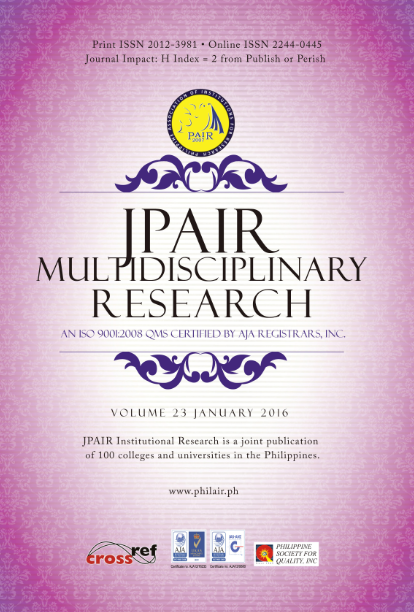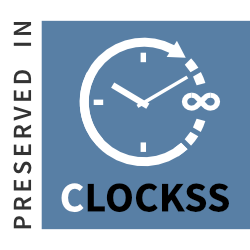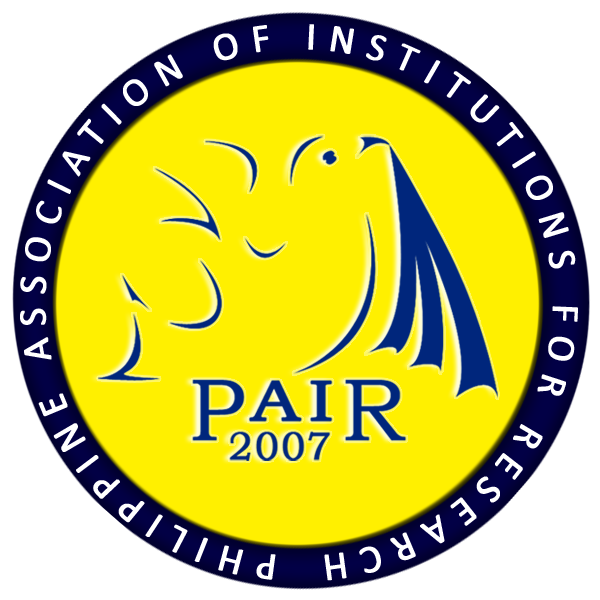Development and Evaluation of Centralized Collection and Delivery System of New Canaan Insurance Agency, Inc.
DOI:
https://doi.org/10.7719/jpair.v23i1.356Keywords:
Information Technology, centralized collection and delivery system, ease of use, ease of learning, evolutionary prototype model, descriptive design, and Makati City, PhilippinesAbstract
The use of information technology at present is considered as one of the solutions for business establishments for their expense and quality issues. It is their key to staying ahead of their competitors. The study is intended to trace and monitor the transactions of the New Canaan Insurance Agency, Inc. (NCIA) involving collection, payment, delivery, and pick-up. It also monitored the performance of the liaison officers and the request of transaction is centralized. The researcher developed the Centralized Collection and Delivery System (CCDS) of New Canaan Insurance Agency, Inc (NCIA). The descriptive and applied types of research were employed in the study. Data were gathered through interview and feedback form. The respondents were from the 28 employees of NCIA. The Evolutionary Prototype model was used in the development of the system and the USE questionnaire to test its usability. The gathered data were analyzed and interpreted using frequency count and mean. Findings revealed that the procedures on collection, delivery, payment, and pick-up start with an employee's request forwarded to the liaison officers which is done manually. Using the Evolutionary Prototype Model, the Centralized Collection and Delivery System was developed. The developed system was found to be efficient because it was designed to fit the needs of NCIA.
Downloads
References
Clark, B. A., & D’onofrio, J. (1999). U.S. Patent No. 5,890,140. Washington, DC: U.S. Patent and Trademark Office. Retrieved on July 15, 2014, from https://goo.gl/ehtVaF
Downloads
Published
Issue
Section
License
Copyright (c) 2016 Janelyn A. Ambre

This work is licensed under a Creative Commons Attribution-NonCommercial 4.0 International License.
Open Access. This article published by JPAIR Multidisciplinary Research is licensed under a Creative Commons Attribution-Noncommercial 4.0 International (CC BY-NC 4.0). You are free to share (copy and redistribute the material in any medium or format) and adapt (remix, transform, and build upon the material). Under the following terms, you must give appropriate credit, provide a link to the license, and indicate if changes were made. You may do so in any reasonable manner, but not in any way that suggests the licensor endorses you or your use. You may not use the material for commercial purposes.




















